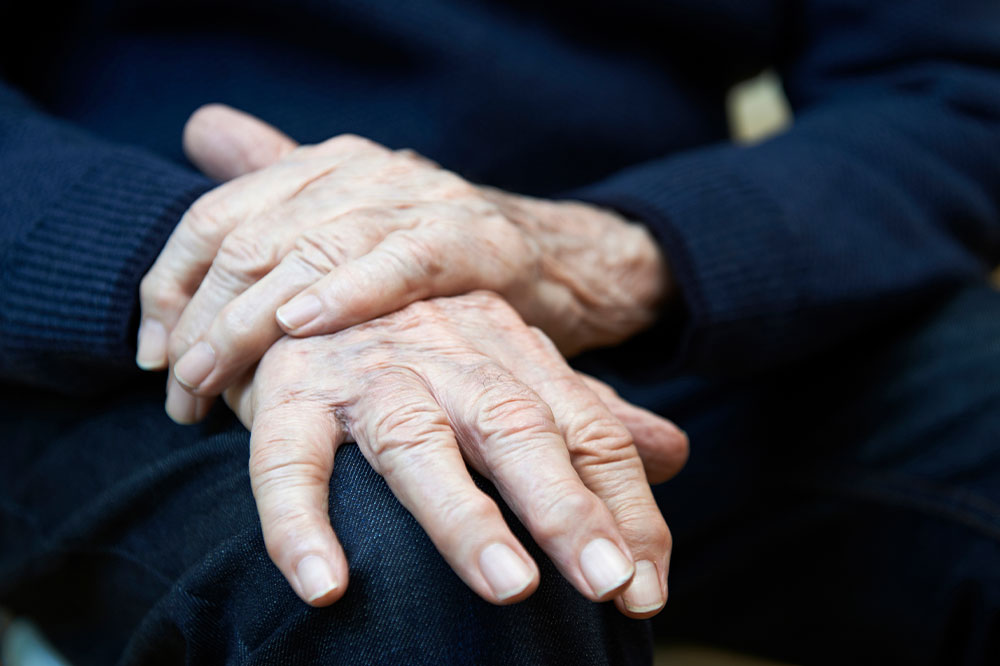
Parkinson’s disease – Symptoms and treatment options
Parkinson’s is a progressive neurological condition that mostly affects people above 60. The symptoms start showing gradually, but they can progress and lead to severe complications if not treated on time. The disease can start with a small tremor in one hand and eventually slow down an individual’s movement and significantly affect their quality of life. Parkinson’s disease does not have a cure yet, but treatment can help manage the symptoms. Read on to know more about Parkinson’s treatment in detail.
Symptoms of Parkinson’s disease
The signs and symptoms of this disease can vary from one person to another. The symptoms usually begin on one side of the body and gradually affect the other side as well. Additionally, the condition causes the symptoms to worsen with time. One should watch out for the following Parkinson’s symptoms:
- Tremors
Constant tremors, which usually start in the hands and arms, are the primary sign of Parkinson’s disease. A patient’s hand may tremble even when they are at rest. - Muscle stiffness
Muscle stiffness can occur in any part of the body and can limit an individual’s range of motion due to muscle pain. The disease can make one’s steps shorter and make it difficult for them to stand from a seating position. - Poor posture and balance
A patient may start hunching to balance their body weight, which could lead to poor posture. - Speech impairment
Due to the lack of coordination between the brain and muscles, a Parkinson’s patient might start slurring or hesitate while talking. This is because the condition impairs nerve cells in the brain.
Treatment options for Parkinson’s disease
After reviewing the patient’s signs and symptoms and running some tests, the doctor may diagnose Parkinson’s and determine its progress. The recommended course of treatment depends on the severity of the condition.
For patients in the early stages of the disease, a healthy lifestyle along with certain prescribed treatment options can help manage the symptoms.
One can even manage mild to moderate Parkinson’s disease with the help of prescribed treatments, but the advanced stages of this illness need more assistance. Advanced Parkinson’s is a severe stage and may require a surgical procedure along with following a healthy lifestyle.
Surgery
Deep brain stimulation is a surgical procedure that involves placing electrodes into a part of the brain, and they are connected to a generator implanted in the chest. The connector in the chest sends electrical pulses to the brain and helps manage the symptoms of Parkinson’s disease. This treatment is recommended for people with Parkinson’s disease who show unstable responses to treatment options. That said, surgery is associated with risks like brain hemorrhage, stroke, or infection.
Lifestyle choices that help manage Parkinson’s symptoms
- An active lifestyle
Parkinson’s disease is associated with a lack of coordination between the limbs and the brain and poor balance. These, in turn, affect movement, hampering a patient’s daily routine. One must adopt an active lifestyle to improve their range of motion and balance. This can include taking up activities like gardening, household chores, walking, and mild exercises approved by a therapist. Leading an active lifestyle stimulates the brain and reduces feelings like anxiety. Yoga, meditation, Tai Chi, massage, and pet therapy are among the other forms of activities one can take up. - Healthy eating
While there’s no specific diet or particular foods that can help manage the symptoms of Parkinson’s, one can start with eating clean. This includes eating home-cooked meals and including fresh fruits, salads, and smoothies in the regular diet. Eating out of the freezer is not an option for people combating a long-term illness. In fact, one must avoid packaged juices and foods as they contain preservatives and artificial colors. Additionally, one should ensure that their daily diet has a good balance of fiber, carbohydrates, saturated fats, and proteins.
- Previous Post
- Next Post